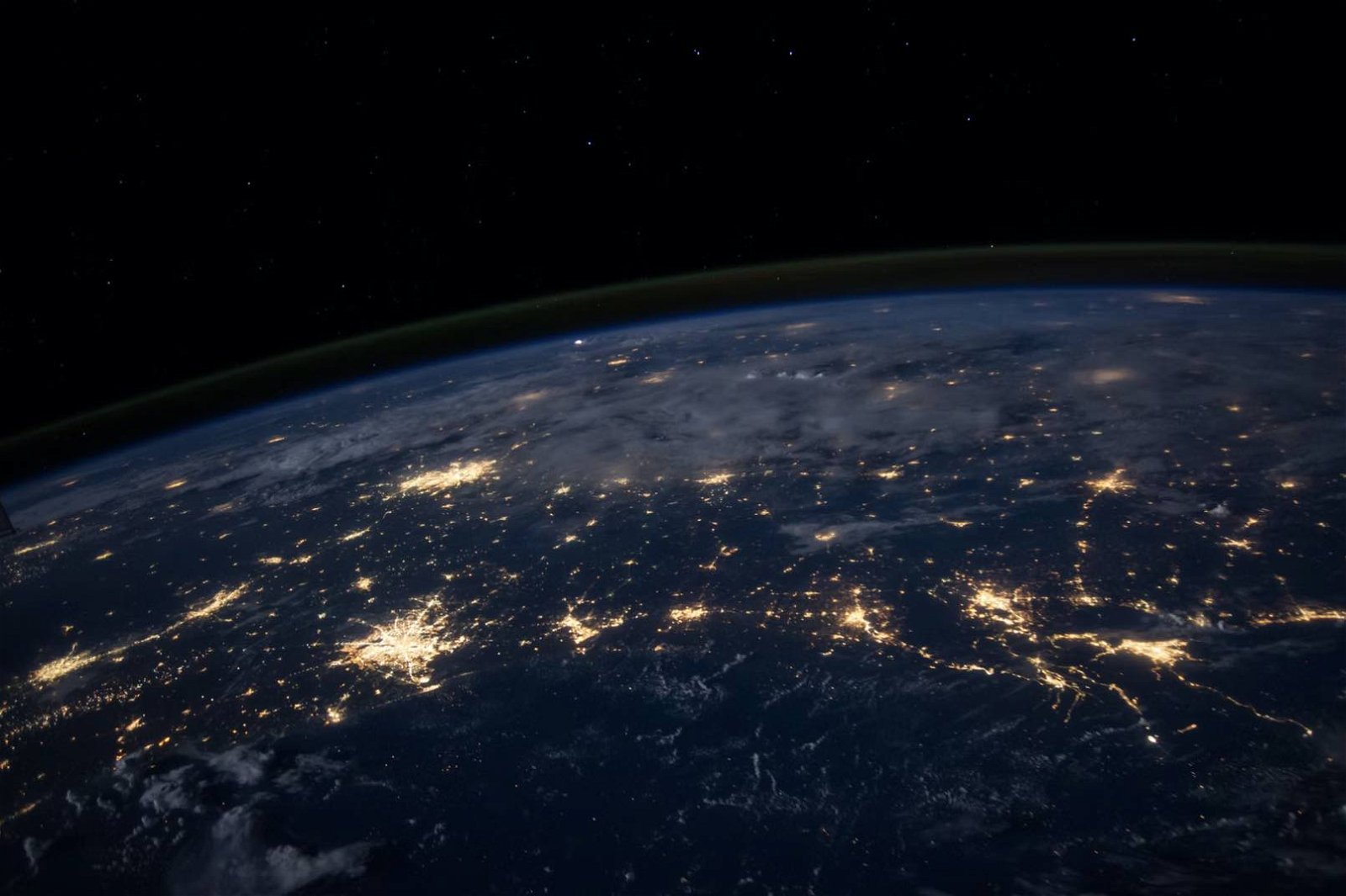Washington DC’s power grid is one among several U.S. cities that are especially vulnerable to threats from space weather events, according to researchers who are trying to determine the specific reason why.
With concerns about remote infrastructure attacks at an all-time high, dangers associated with space weather events present comparable potential for hazard to the United States seat of government as any foreign actor. Terrestrial power grids can be susceptible to turbulent space weather caused by volatile eruptions on Earth’s sun, with cities such as Washington and Milwaukee revealed to be the most significantly impacted.
The new revelations were brought to light at the Royal Astronomical Society’s recent National Astronomical Meeting 2024, held at the University of Hull in the United Kingdom. Hosted at the E. A. Milne Center for Astrophysics, hundreds of attendees represented the UK’s astronomical community, and presenters included Dr. Lauren Orr of the British Geological Survey (BGS), previewing findings that will be published early next year.
Professor Sandra Chapman of the University of Warwick and Dr Ryan McGranaghan of NASA’s Jet Propulsion Laboratory in California assisted Orr with the recent study.
Space Weather and the Electrical Grid
Geomagnetic storms result from solar flares and coronal mass ejections produced by the sun, which are carried toward Earth by solar winds. Traveling to Earth can take these plasma projections anywhere from several days to as little as eighteen hours. The power of these solar events is often significant enough that they can disrupt the Earth’s magnetosphere, which envelops the Earth.
The impact of these storms can be observed in various ways. They can impact not only the magnetosphere but also the ionosphere and Earth’s radiation belts. However, they can also interfere with communications systems: satellites that govern GPS systems can be affected, and that’s all before coming into contact with the ground-based electrical grid.
Network Science and Space Weather Effects
“Network science is now a common tool to quantify the resilience and robustness of power grids to both deliberate attacks and those caused by random failures or natural disasters,” Dr Orr was recently quoted saying. In their study, Orr and the team took measurements that looked at geomagnetically induced currents (GIC), the electrical currents produced on the planet’s surface by fluctuations in the geomagnetic field resulting from solar events that make their way to Earth.
Using a ground-based network, the team measured the effect of space weather on electrical transformers and then determined which areas were the “most connected,” a common term in network science describing the node with the most connections to other nodes.
“Most connected means the transformer’s measurements were both high and correlated with the largest number of other transformers for the longest period throughout the geomagnetic storm,” said Lucy Bloor, a communications specialist with the BGS, in an email to The Debrief. These conditions give rise to areas that are designated as “supernodes.”
The Impact of Space Weather on Earth Systems
The study aimed to identify the most at-risk areas for power failures during a geomagnetic storm. High-risk transformers are in danger of not only burning themselves out but also of creating cascading damage that adversely affects larger portions of the power grid. Space weather has caused several noticeable disruptions to the electrical grid over the decades, including during a geomagnetic storm in 1940 and a 1989 event that led to a Canadian blackout that lasted for nine hours. A 2003 event in Sweden was one of the most recent major occurrences. For more than an hour, 50,000 people were left without power. The 2003 storm also impacted global satellite communications and even destroyed a scientific satellite belonging to Japan.
However, the most powerful geomagnetic event in recorded history occurred in September 1859. Known as the Carrington Event, its impact was so severe that it reportedly caused fires at telegraph stations and produced vivid auroras that were seen globally. Experts believe the effects of a storm of similar magnitude, if it were to occur today, could potentially be disastrous to sensitive components of Earth’s power grid and communication systems.
Identifying the potential problem areas is only a first step, and the team has yet to determine precisely what causes this behavior in the grid. At the event in Hull, Dr. Orr presented several ideas as to what may be responsible, which include ground-based electrical conductivity, the physical construction components of the power grid in specific areas, or possibly even the location of auroral currents in Earth’s atmosphere.
“By applying known reliability parameters to the GIC network we can identify areas or transformers at high risk,” Orr said, adding that “these areas could be modified during a geomagnetic storm to prevent transformers burning out and to limit damage to the wider power grid.”
Ryan Whalen is a writer based in New York. He has served in the Army National Guard and holds a BA in History and a Master of Library and Information Science with a certificate in Data Science. He is currently finishing an MA in Public History and working with the Harbor Defense Museum at Fort Hamilton, Brooklyn.

